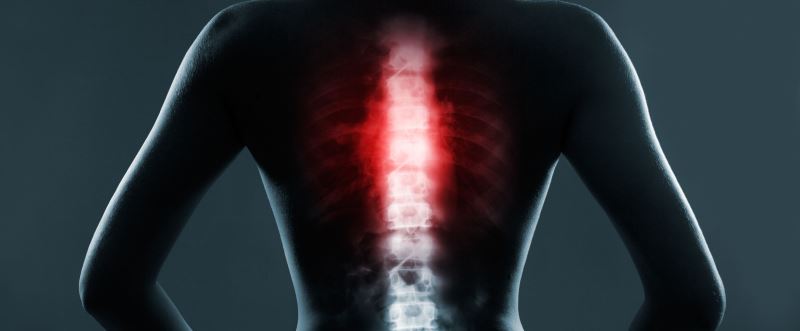ACP Issues New Guidelines For Treating Back Pain
Category: Spine Pain | Author: Stefano Sinicropi

The American College of Physicians have issued new recommendations for treating spine pain. According to the group, patients with spine pain should try their hand at some active and passive conservative care options before turning to opioids for their pain. These recommendations are in line with a national push to move away from a reliance on opioids as abuse and overdoses continue to climb.
New Guidelines
According to the ACP, patients should follow the below recommendations depending on if they suffer from acute, subacute or chronic low back pain:
- Given that most patients with acute or subacute low back pain improve over time regardless of treatment, clinicians and patients should select nonpharmacologic treatment with superficial heat (moderate-quality evidence), massage, acupuncture, or spinal manipulation (low-quality evidence). If pharmacologic treatment is desired, clinicians and patients should select nonsteroidal anti-inflammatory drugs or skeletal muscle relaxants (moderate-quality evidence). (Grade: strong recommendation).
- For patients with chronic low back pain, clinicians and patients should initially select nonpharmacologic treatment with exercise, multidisciplinary rehabilitation, acupuncture, mindfulness-based stress reduction (moderate-quality evidence), tai chi, yoga, motor control exercise, progressive relaxation, electromyography biofeedback, low-level laser therapy, operant therapy, cognitive behavioral therapy, or spinal manipulation (low-quality evidence). (Grade: strong recommendation).
- In patients with chronic low back pain who have had an inadequate response to nonpharmacologic therapy, clinicians and patients should consider pharmacologic treatment with nonsteroidal anti-inflammatory drugs as first-line therapy, or tramadol or duloxetine as second-line therapy. Clinicians should only consider opioids as an option in patients who have failed the aforementioned treatments and only if the potential benefits outweigh the risks for individual patients and after a discussion of known risks and realistic benefits with patients. (Grade: weak recommendation, moderate-quality evidence).
Interpreting The Recommendations
So if we take a look at the recommendations, it becomes pretty clear that doctors want patients to take an active role in their treatment and recovery. It’s something that we always push at our clinic as well. There is no magic pill that is going to cure your pain. It may make it less severe or mask it for a while, but it won’t do anything to permanently fix the problem. To fight back against back pain, we have to strengthen, realign or decompress the damaged area. We do this with:
- Exercise
- Physical therapy
- Heat
- Spinal manipulation
- Yoga/Tai Chi
- Massages
- Relaxation exercises
These techniques aren’t guaranteed to fix your pain, but they will give you the best chance at finding a long term solution. For more information about your specific course of treatment for spine pain, consult with Dr. Sinicropi today.